How to Win a Rigged Game
Share
Explore Our Galleries
Breaking News!
Today's news and culture by Black and other reporters in the Black and mainstream media.
Ways to Support ABHM?
By Samantha Hancox-Li, Liberal Currents

What is to be done?
Donald Trump threatens war with Canada. Republicans in Congress stand idly by while President Musk runs riot in the Treasury, ripping the copper out of the walls of America. No one even knows what madness is coming next week.
What is to be done?
To that end, I want to look to one of the most effective social movements of American history, one that succeeded despite facing the longest odds: the Civil Rights Movement. And I especially want to dwell on the strategic choices the Movement made in order to break the back of Jim Crow.
In our day, activists display great tactical acumen in organizing, planning, infiltrating, and finally throwing soup on a famous painting. But this does approximately nothing to advance their cause. Millions take to the streets in hand-knit pink hats, demanding Roe be preserved. But this does approximately nothing to advance their cause. We live in an era where the tactical aspects of resistance are studied intensively, even as they become increasingly disconnected from effective strategy. If we are to face the challenges of our time with the hope of victory, we need strategic clarity.
In the years between 1955, when Rosa Parks first refused to accept segregation on public busing, and 1968, when Dr. Martin Luther King Jr. was assassinated in Memphis, the Civil Rights Movement waged a series of battles across the American South. These battles, taken together, brought about the end of Jim Crow. The Civil Rights Movement is worth studying not merely because they are morally admirable, but because they won. There are lessons to be learned in how.
Read the rest of Hancox-Li’s argument.
Learn more about the Civil Rights Movement.
Our breaking news section tracks more stories like this.

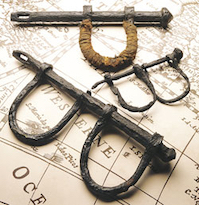
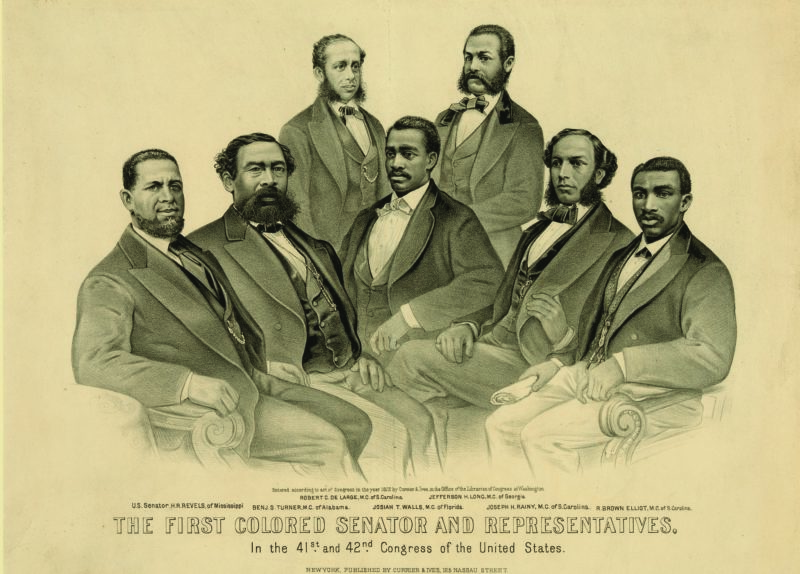
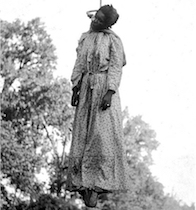


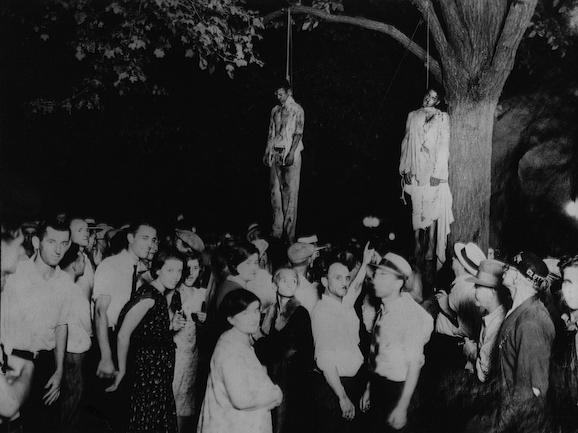

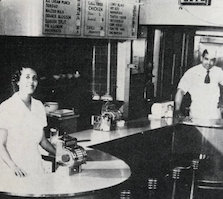
Comments Are Welcome
Note: We moderate submissions in order to create a space for meaningful dialogue, a space where museum visitors – adults and youth –– can exchange informed, thoughtful, and relevant comments that add value to our exhibits.
Racial slurs, personal attacks, obscenity, profanity, and SHOUTING do not meet the above standard. Such comments are posted in the exhibit Hateful Speech. Commercial promotions, impersonations, and incoherent comments likewise fail to meet our goals, so will not be posted. Submissions longer than 120 words will be shortened.
See our full Comments Policy here.